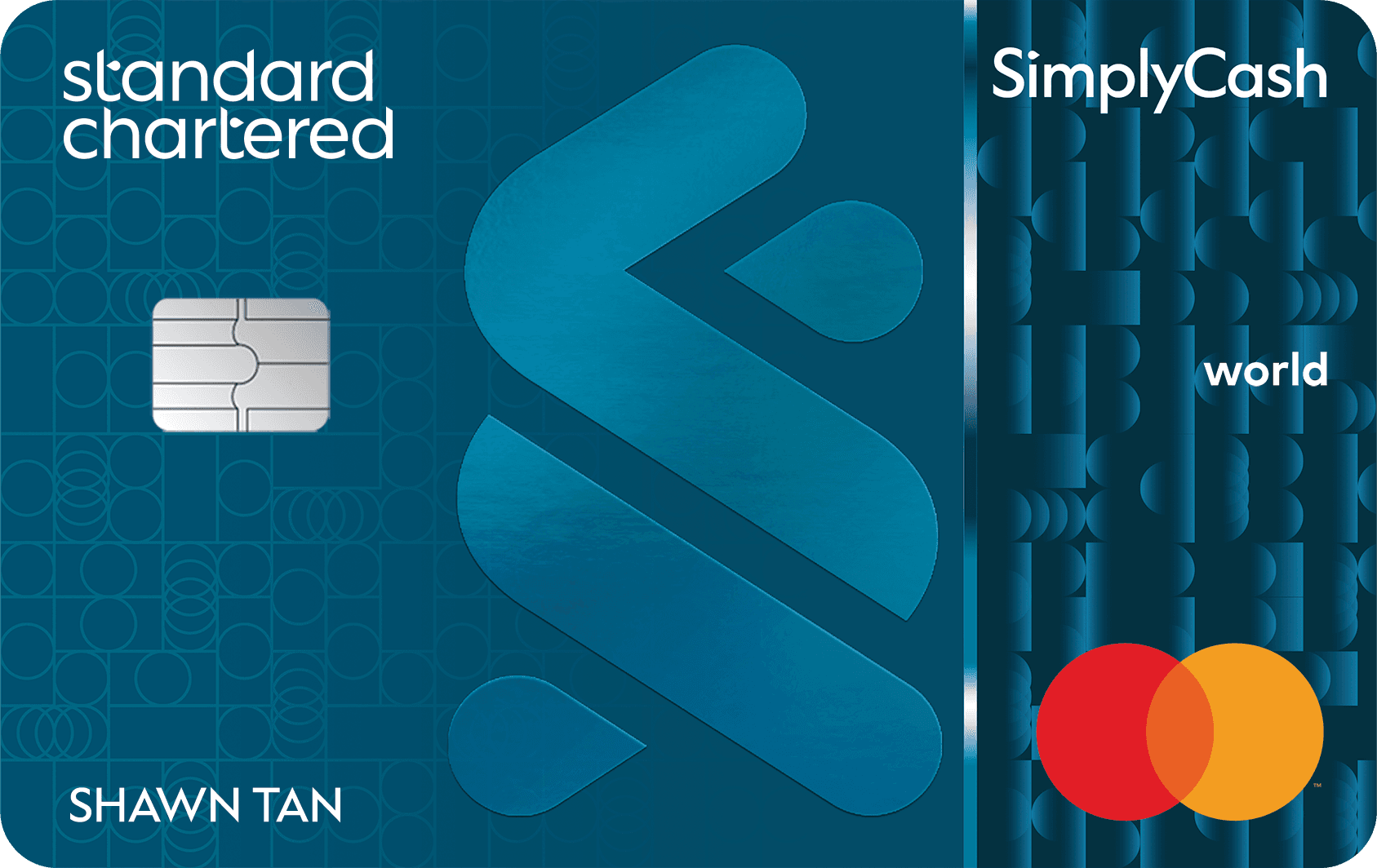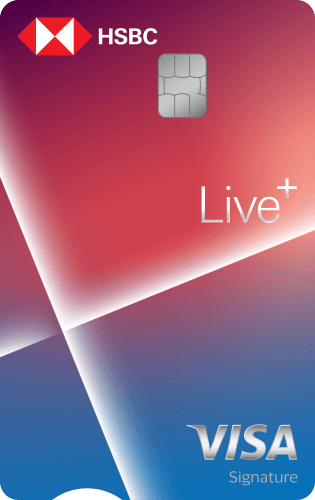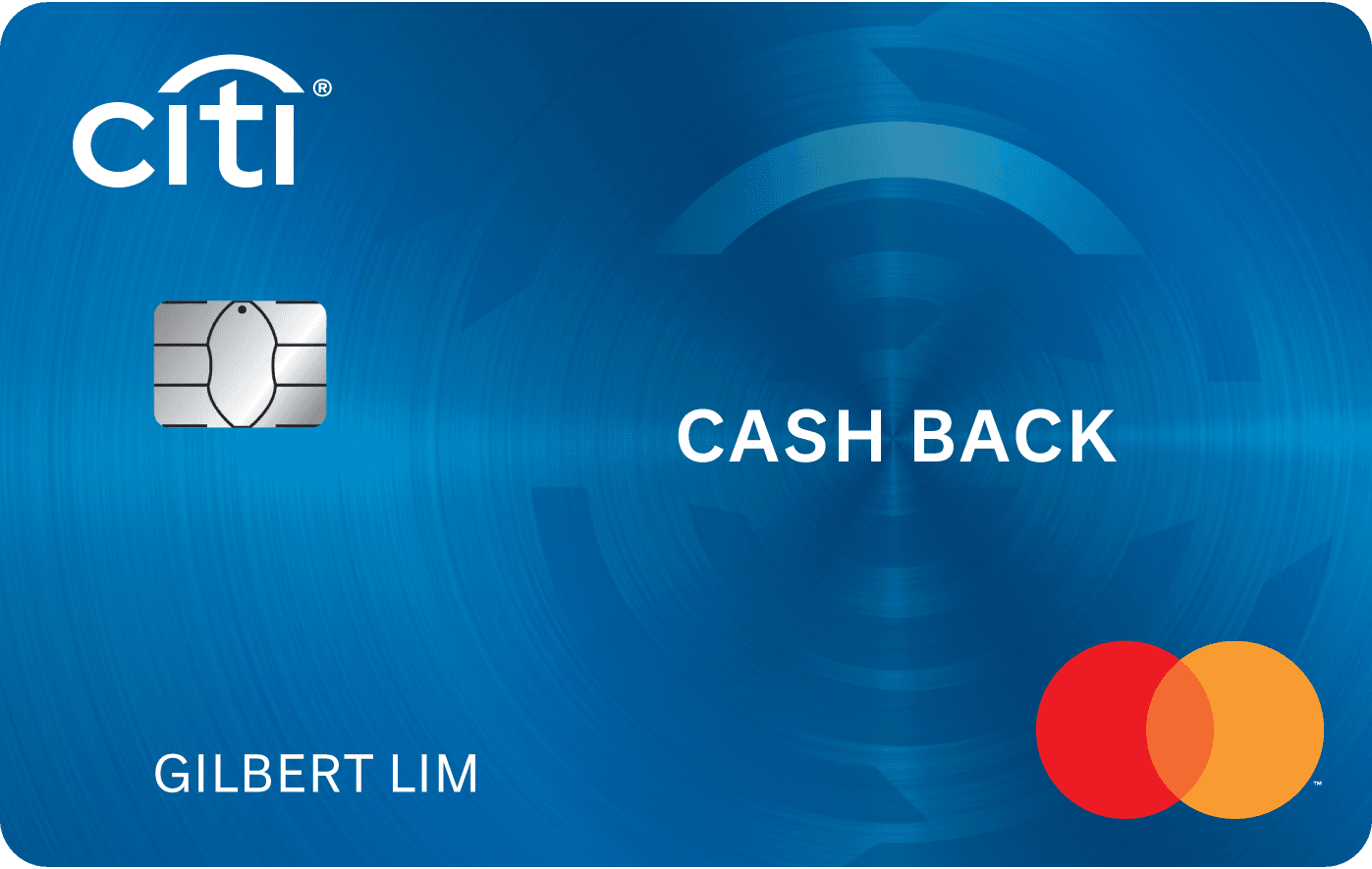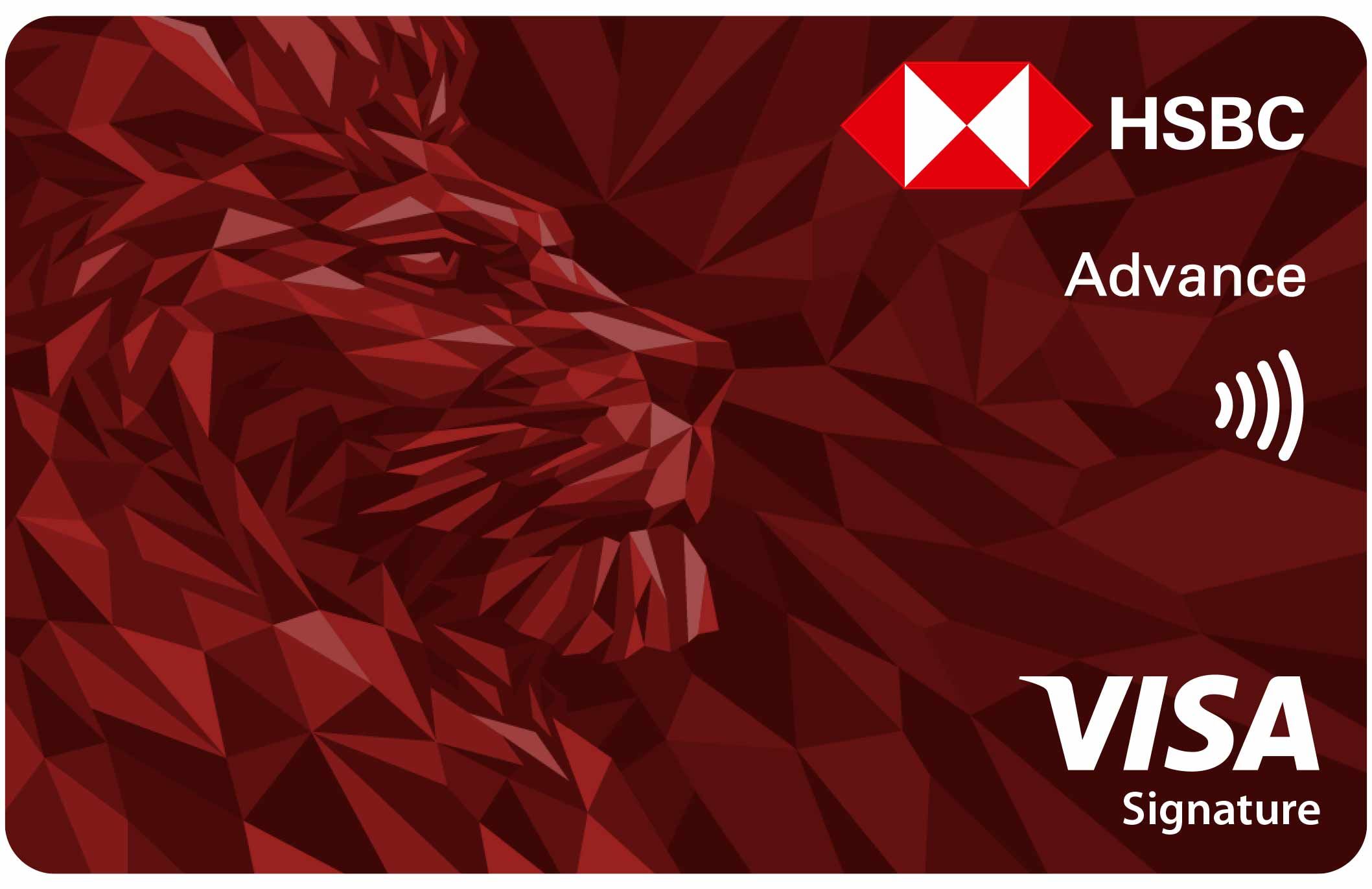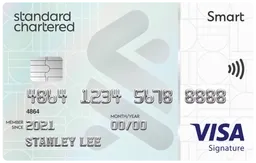Cash Rebates vs Cashback: What’s The Difference?
Updated: 26 Aug 2025
Written bySingSaver Team
Team

At the most basic level, “cash rebates” and “cashback” mean the same thing: A small amount of cash offset received when you make a qualifying transaction.
While both terms have the same meaning, cashback and cash rebates can work in different ways. In Singapore, cashback is almost always used exclusively when discussing credit cards. Meanwhile, cash rebates can refer to a wider range of perks and benefits that you can use to reduce your expenditure.
Let’s take a closer look at cashback and cash rebates, and how you can best make use of them.
What is cashback and how does it work?
You can think of cashback as an instant discount that is applied on your transactions. As long as the eligibility requirements are met, you will earn cashback.
Any cashback earned is applied automatically to your statement, and the total cashback amount is used to offset your balance. In this way, you pay less on your credit card bill.
Here’s an example of how cashback works:
Let’s assume your total cashback earned for the statement month is S$70. Your statement balance is S$1,100. After your cashback is applied, you only pay S$1,030.
How do you earn cashback in Singapore?
The most consistent way to earn cashback is to spend using a cashback credit card. In Singapore, cashback credit cards come in two forms – unlimited cashback cards, and conventional cashback cards.
Unlimited cashback cards are so-named because they give you cashback on all retail transactions, less those that are customarily excluded, such as utilities, charity donations, education and healthcare.
There is also no cap on the amount of cashback you can earn each month, and neither do you have to fulfil a minimum monthly spend. In exchange for the flexibility, the cashback rate is low, at around 1.5% to 1.7%.
Best Unlimited Cashback Credit Cards
What are cash rebates and how do they work?
Cash rebates can refer to any feature or mechanic that confers a small monetary benefit, mostly given as a reward or to incentivise certain actions. For instance, a new shopping mall may offer discount vouchers as part of its opening promotion, through which shoppers can redeem for cash rebates to offset part of their shopping.
Indeed, the most common form of cash rebates is vouchers, which can only be used under specific conditions, such as during a certain time period, at selected merchants or malls, and only if the purchase exceeds a stipulated minimum.
Gift vouchers are a form of cash rebate that essentially works like cash that you can spend at qualifying stores or brands. Meanwhile, discount vouchers entitle you to a specified amount of savings when you make a qualifying transaction.
How do you earn cash rebates in Singapore?
Cash rebates are often given as part of lucky draw prizes or sign-up incentives. But if you want to enjoy cash rebates on a consistent basis, the best way is to spend on a credit card that gives you reward points.
This includes both rewards credit cards and non co-branded air miles cards which give reward points that you can later redeem for air miles.
You see, the reward points you earn can be put to many uses, including to redeem vouchers at participating merchants and stores. You can look through your card-issuing bank’s rewards catalogue to check for the vouchers you want. If you find any. you can claim them, provided you have sufficient reward points.
Besides shopping vouchers, cash rebates also come in the form of statement credit. In other words, you can exchange your reward points for cash rebates that are directly applied to your credit card balance.
Here’s an example of how statement credits work as cash rebates. Let’s assume your bank offers statement credits in the following amounts:
|
Statement credit |
Reward points needed to claim |
|
S$100 |
1,500 |
|
S$200 |
2,500 |
|
S$500 |
5,500 |
You have a total of 5,200 reward points.
In this case, you can choose to redeem 2 x S$200 statement credits for 5,000 reward points, or wait till you accrue 5,500 points to redeem in S$500 statement credit.
Once you redeem your statement credit, the amount is automatically applied to your balance as a cash rebate.
Pros and cons of rebates
The main advantage of cash rebates is that you can save them as you go along or spend them all at once, achieving impressive savings.
On the flipside, cash rebates often come with many rules and regulations that limit their usefulness. For instance, shopping vouchers commonly cannot be used to pay for items that are on sale. Credit card cash rebates are typically more flexible in how you can use them, but do take note of any expiry dates that render them invalid once past.
Frequently Asked Questions (FAQs)
Rebates can be considered similar to cashback in the sense that they both have the same end goal – helping you lower your expenses. However, as explained, cashback and cash rebates work differently, and some may prefer one over the other.
A popular example of a rebate is a shopping voucher that you can use on your next visit. Let’s say you spent S$100 at a restaurant and received a S$10 dining voucher. The next time you visit the restaurant again, you can use the voucher to get a S$10 rebate on your bill.
About the author
SingSaver Team
At SingSaver, we make personal finance accessible with easy to understand personal finance reads, tools and money hacks that simplify all of life’s financial decisions for you.
